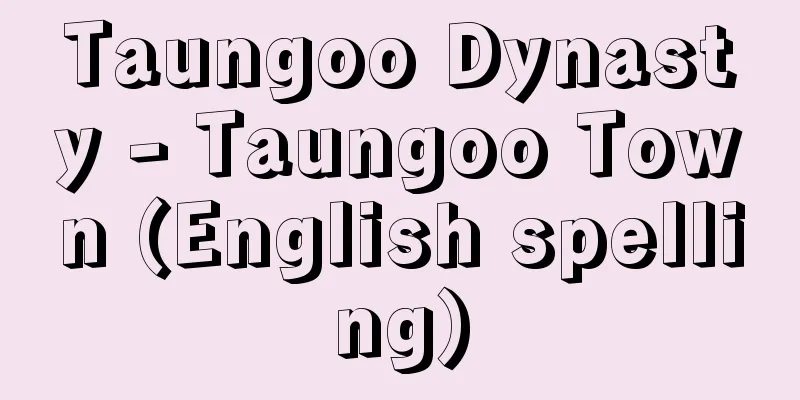Luna

|
The name of the probe in the Soviet lunar exploration project that began in 1959. The name means "moon." No. 1 (launched January 2, 1959) was the first artificial planet, No. 2 (September 12, 1959) hit the lunar surface, and No. 3 (October 4, 1959) was the first automated interplanetary station and was the first to successfully photograph the far side of the moon. No. 4 and onwards aimed to directly observe the lunar surface, and No. 9 (January 31, 1966) and No. 13 (December 21, 1966) succeeded in soft landing. No. 9 was the first successful probe in history, and although the entire probe weighed 1.58 tons, the part that soft-landed was spherical and weighed 100 kg. It opened four protective plates to stabilize its position, and transmitted eight panoramic photographs of the lunar landscape to Earth. Lunas 10, 11, and 12 were the lunar grandchild satellites, and Luna 12 was equipped with a camera and television set and transmitted photographs of the lunar surface from an altitude of 100-1,740 km. Furthermore, Luna 16 (September 8, 1970) made a soft landing on the Mare Abundance and became the first unmanned probe to bring back lunar rocks. Luna 17 (November 10, 1970) then sent an unmanned lunar rover, Lunokhod, to the Mare Tranquility and explored the lunar surface. Luna was launched up to Luna 24 (August 9, 1976), and lunar exploration was almost complete. Of these, Luna 20 collected a sample of the lunar surface and returned to Earth, and Luna 21 sent the lunar rover Lunokhod 2 to explore the lunar surface. Source : Heibonsha Encyclopedia About MyPedia Information |
|
1959年から始められたソ連の月面探査計画の探査機名。名称は〈月〉の意。1号(1959年1月2日発射)は人工惑星第1号,2号(1959年9月12日)は月面に命中,3号(1959年10月4日)は自動惑星間ステーション第1号として初めて月の裏側の写真撮影に成功した。4号以降は月面の直接観測を目ざし,9号(1966年1月31日),13号(1966年12月21日)は軟着陸に成功。9号の成功は史上初めてで,探査機全体は重さ1.58tであったが軟着陸した部分は重さ100kgの球形で,4枚の保護板を開いて姿勢を安定させ,パノラマ状に周囲を撮影した8枚の月面風景写真を地球へ電送した。10,11,12号は月の孫衛星となり,そのうち12号はカメラとテレビ装置を積み高度100〜1740kmから月面写真を電送した。さらに16号(1970年9月8日)は〈豊かの海〉に軟着陸,無人探査機として初めて月の石を持ち帰った。続いて17号(1970年11月10日)は無人の月面車ルノホートを〈静の海〉に送りこみ,月面を探査した。ルナは24号(1976年8月9日)まで打ち上げられ,月探査はほぼ終了した。このうち20号は月面の表土サンプルを採取して地球に帰還,21号は月面車ルノホート2号を送りこんで月面を探査した。
出典 株式会社平凡社百科事典マイペディアについて 情報 |
<<: Lunar Society of Birmingham
Recommend
Wang Hui - Ouki
A painter from the early Qing Dynasty in China. H...
Wadsworth, AP - Wadsworth
…Khadi is a hand-woven cotton cloth, also called ...
Mustard lotus root
This unique dish is made by stuffing the holes in ...
Epigenesis - epigenesis
A term in biodevelopment, opposed to preformation...
Succinimide
2,5-pyrrolidinedione. C 4 H 5 NO 2 (99.09). Also ...
Ezhou - study
A prefecture-level city on the south bank of the ...
Falcone, A.
…This area was especially famous for its Spanish-...
Thermal copying method - Thermal copying method
…Currently, it is used as a device for creating t...
Pylades (English spelling)
…(3) Daughter of King Agamemnon of Mycenae and hi...
Worcester Chronicle
…The original was compiled in the late 9th centur...
Theory of Consumer Choice
A theory that analyzes how consumers with a certai...
Stegodon ganesa (English spelling) Stegodonganesa
…Elephant [Kamei Setsuo]. . . *Some of the termin...
sheet erosion
…Rain wash is the process by which rainwater dire...
Treaty of Paris
There are many international treaties concluded i...
Ka-row irregular conjugation - Kagyouhenkakukatsuyo
One of the conjugation forms of verbs. The word fo...









